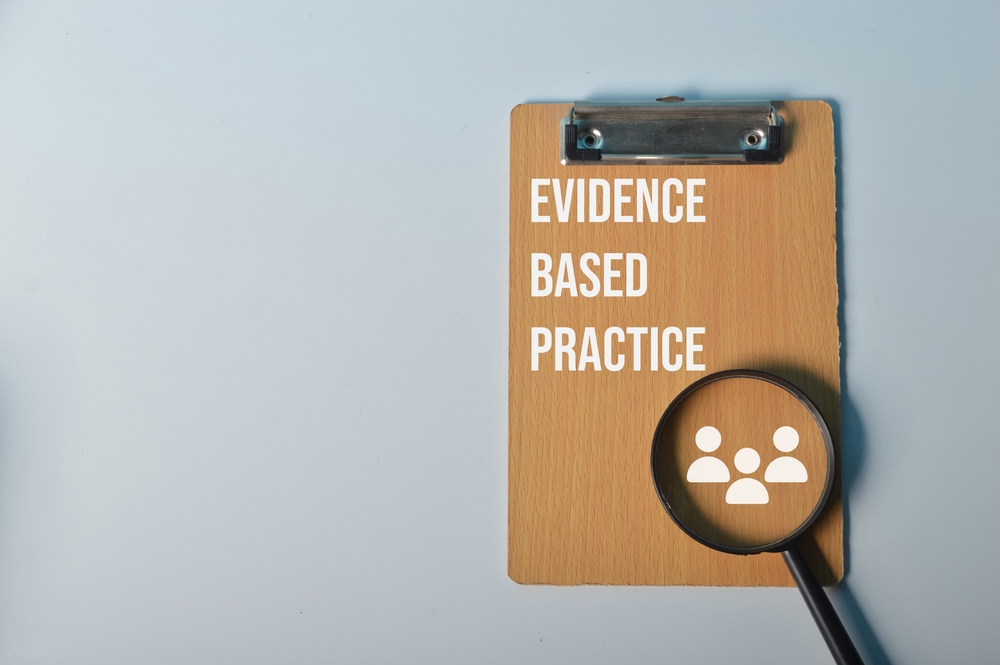What is a Guideline?
Posted on 13th February 2018 by Neelam Khan

Despite being widely used, particularly in healthcare, guidelines are not well understood by many. Therefore, this blog post will attempt to shed some light on this increasingly prominent aspect of evidence-based healthcare.
Misconceptions of a Guideline
First of all, there are many misconceptions surrounding guidelines so let’s begin by dispelling the myths:
- The purpose of guidelines is just to dictate the clinical management of diseases
While guidelines are used by healthcare professionals as a way to inform them about how to care for patients with specific conditions, guidelines cover a much greater scope. In healthcare, the term ‘guideline’ encompasses recommendations on everything from clinical practice and the governance and prescription of medications, to public health interventions and social care services and provisions. [3]
- Guidelines are developed for and used solely by healthcare practitioners
This is perhaps the commonest misconception regarding guidelines and, in actual fact, it couldn’t be further from the truth. Given that guidelines exist for a vast array of topics, it shouldn’t come as a surprise that guidelines are developed for and used by local authorities, schools, national organisations and even patients and their families to name but a few. All the more so, many guideline publications, such as those developed by NICE, are intended to be jargon-free to encourage use by laypeople – particularly patients – to inform their decisions.
- Guidelines are a set of rules
It is important to understand that guidelines are not designed to be used like a cookbook. One formula does not work for everybody. Hence, in some circumstances, the purpose guidelines aim to serve is to make adaptable recommendations.
So what exactly is a Guideline?
Now that we have established what a guideline is not, let’s consider what a guideline is.
The Merriam Webster dictionary definition for the word is “an indication or outline of policy or conduct”. [2] In healthcare, the term describes a set of systematically developed statements that aim to fulfil various objectives. [1]
Primarily, they provide users quick access to concise chunks of relevant evidence. Just think of the sheer volume of research conducted every year. It is simply unrealistic to expect healthcare practitioners to sift through every study, judge its value and decide whether it should be applied in patient care. Hence, guidelines aid healthcare professionals and patients in the decision-making processes involved at various stages in care. Moreover, they can help to protect against needless, ineffective and/or unusual interventions. Overall, the objective is to improve the consistency and outcomes of care. [4]
As a result, guidelines are an invaluable part of healthcare. However, not all guidelines are created equal! The value of a guideline depends on the quality of the evidence on which it is based, its relevance and applicability to clinical practice, and its consideration of patient preferences. In other words, the best guidelines are developed through a rigorous evidence-based approach.
As the incorporation of guidelines into everyday practice becomes commonplace, it is crucial that all involved in the provision and delivery of healthcare, as well as those on the receiving end of care, understand what guidelines are – and are not. Equally, we must bear in mind that, unless guidelines are critically assessed and used appropriately, instead of benefiting patients, practitioners and healthcare systems, they have the potential to cause them harm.




No Comments on What is a Guideline?
I can’t see the references in my browser. Could you send me them? Thank you!
31st March 2018 at 6:41 pmThe above is useful but arguably does not quite capture two important processes, one upstream and the other downstream:
1. Upstream: The blog says ‘the best guidelines are developed through a rigorous evidence-based approach’. It would be worth emphasising the importance of systematic review as a prerequisite in guideline formulation and note that the age of ‘guidelines by committee’ is (or should be) over
2. Downstream: In global health, it is important to highlight international guidelines and recommendations developed by WHO and other international agencies, and to recognise the difference between these international guidelines and national guidelines (whether for policy or practice). Our discussions on HIFA (www.hifa.org) have explored a key area with regards to the challenges of national guideline formulation and implementation, which needs to take into account not only international guidelines, but also local research and local contextual factors.
7th March 2018 at 2:07 pmThank you Neil – that’s really helpful and informative information to add to the blog.
8th March 2018 at 8:56 am